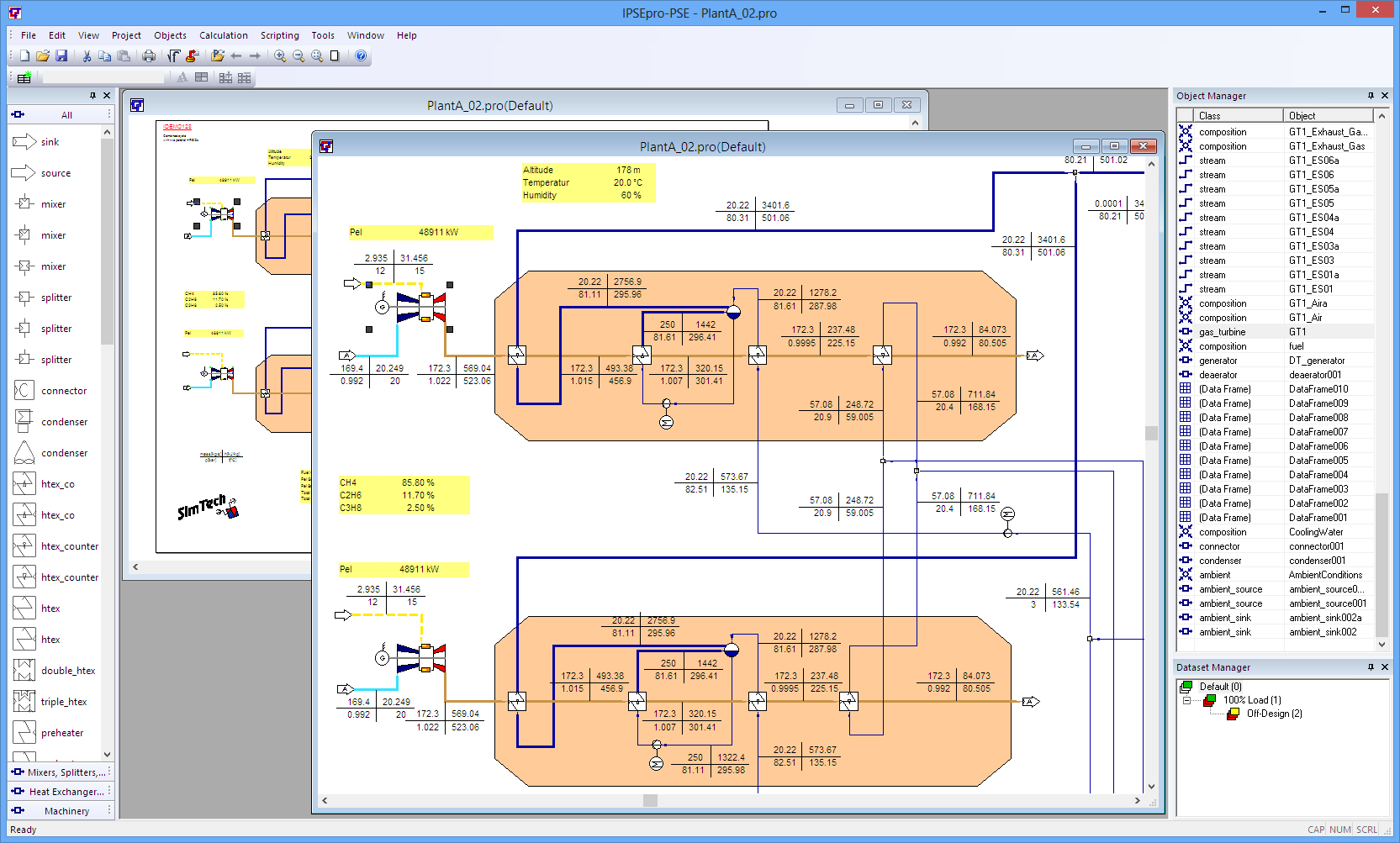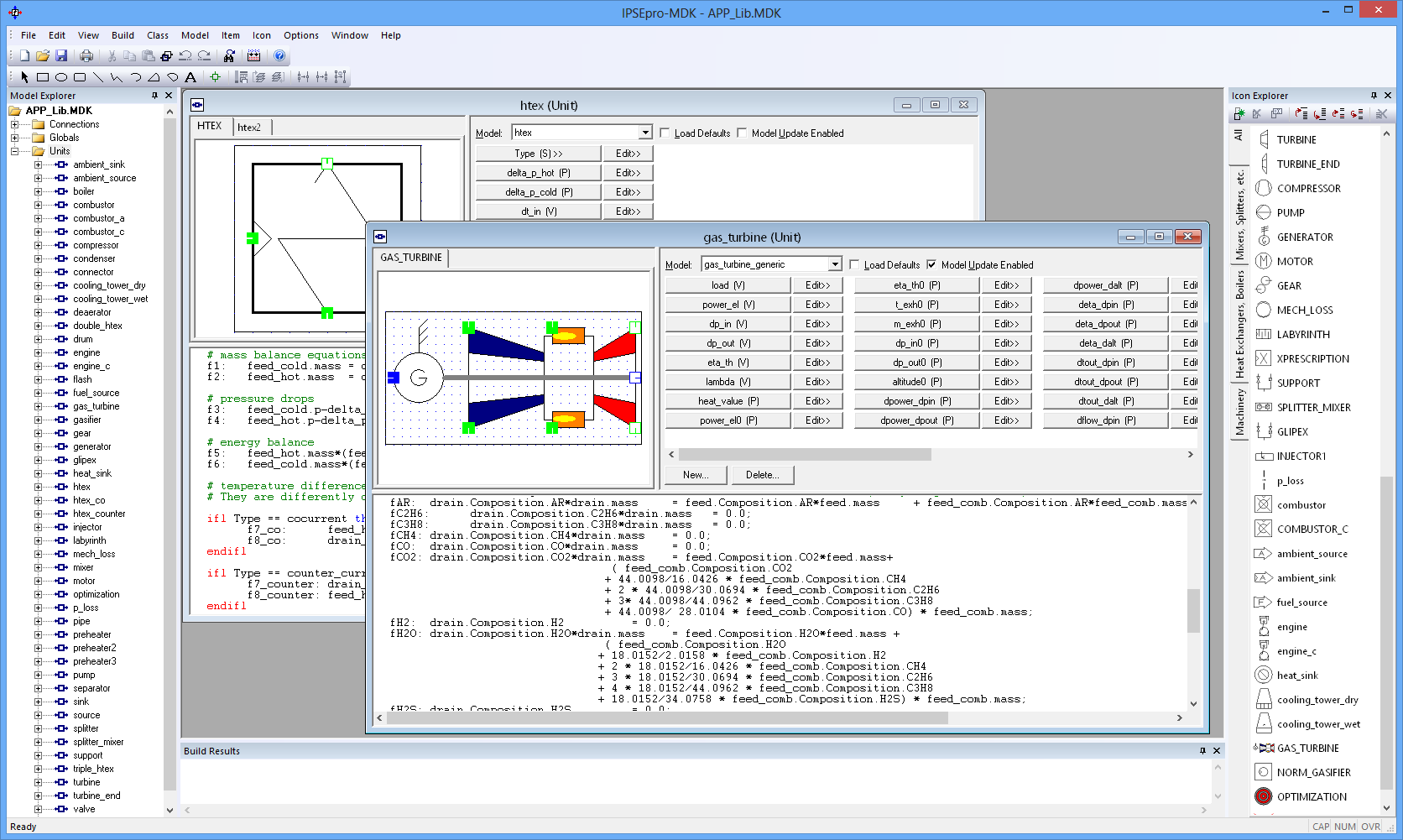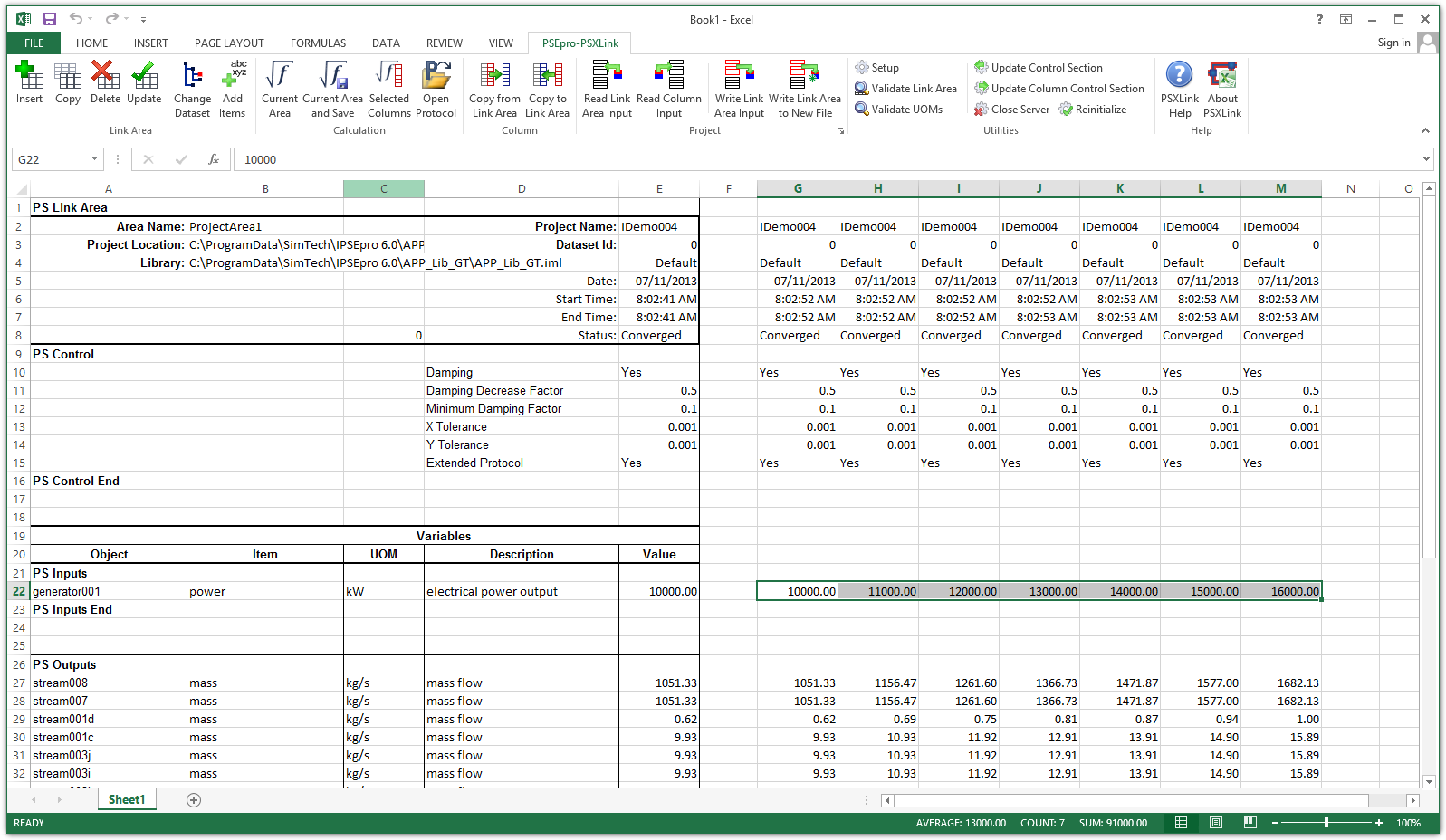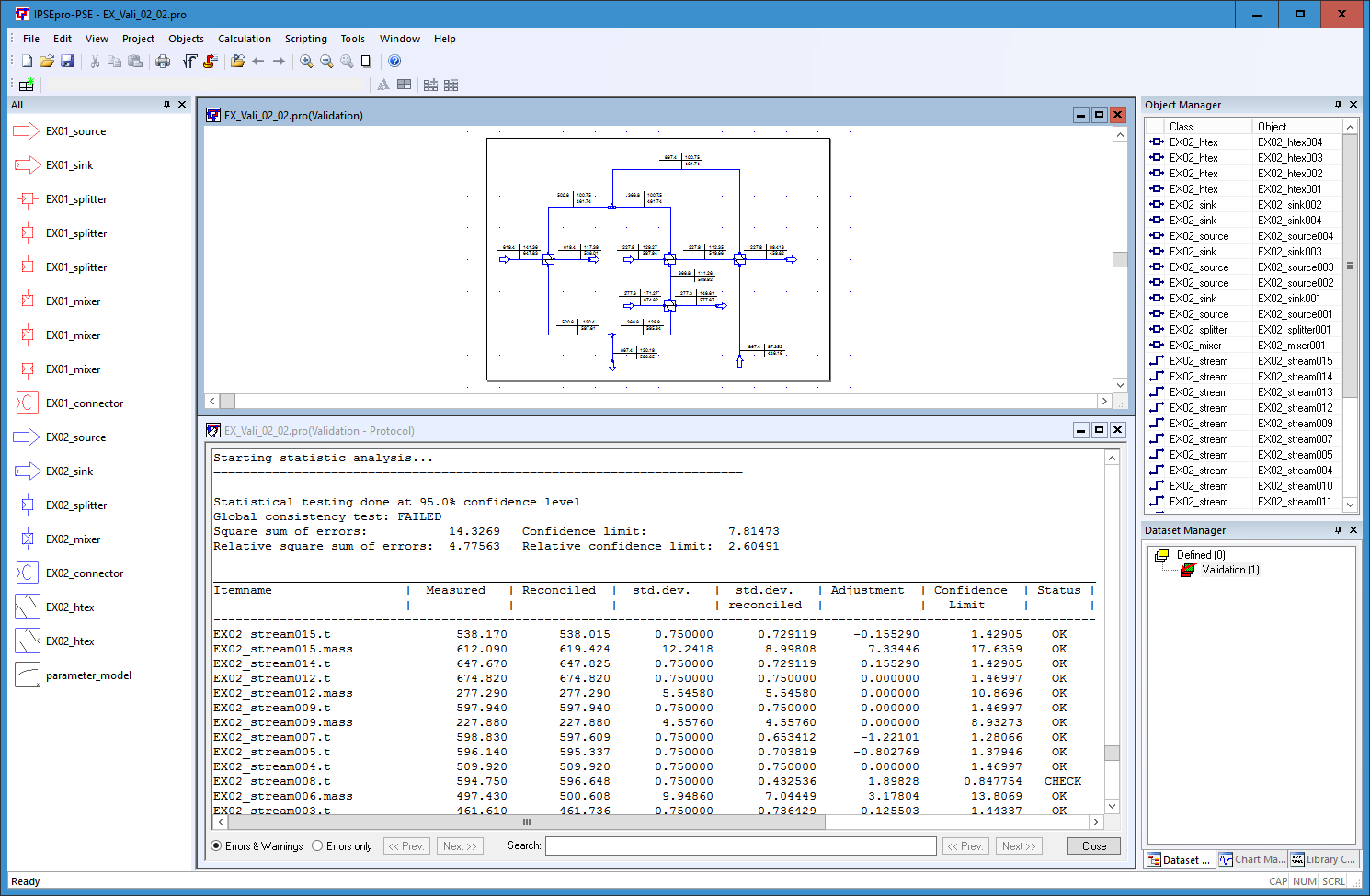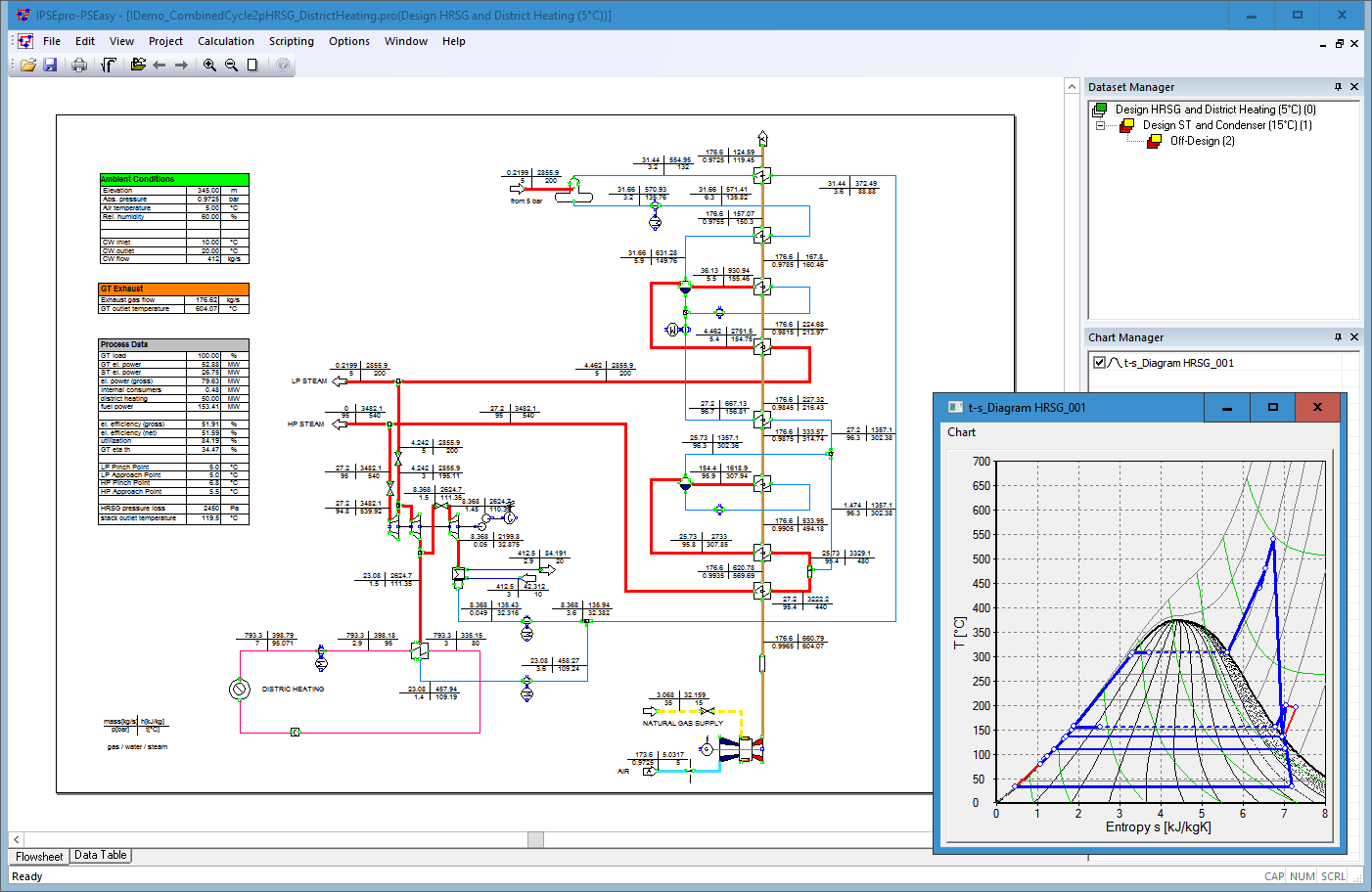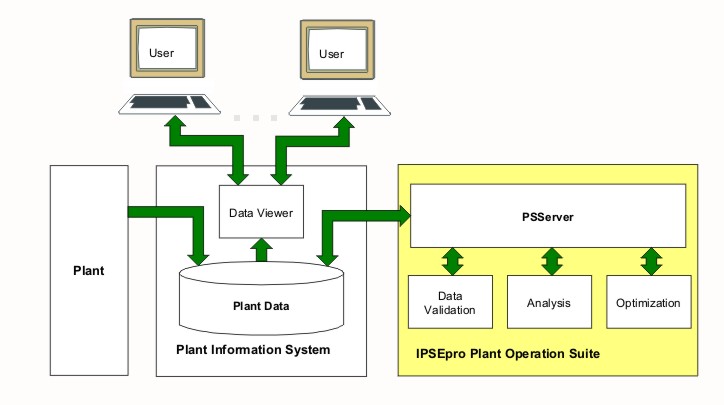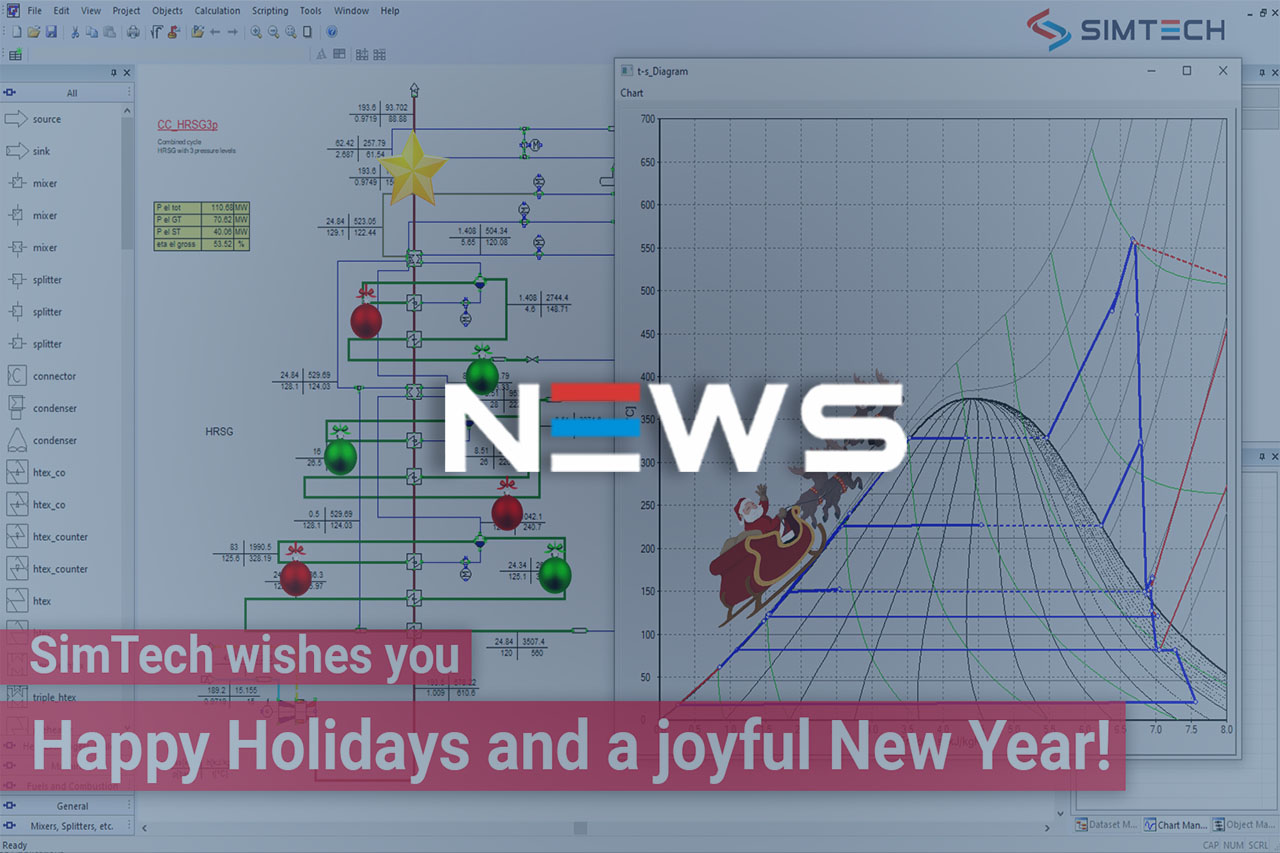IPSEpro Program Modules
- Calculate heat balances and predict design and off-design performance. (Design Suite Configurations)
- Estimate costs during conceptual design. (Design Suite Configuration with PSEconomy)
- Verify and validate measurements during acceptance tests. (Design Suite Configuration with PSValidate)
- Monitor and optimize plant performance on-line. (Plant Operation Suite)
- Plan modifications and repowering of existing plants. (Design Suite Configurations)
- MDK – Model Development Kit
- PSE – Process Simulation Environment
- PSServer – On-Line Module
- PSOptimize – Optimization
Check about all the available Program Modules listed beneath and contact us today for testing IPSEpro at your convenience!
PSE is IPSEpro's Process Simulation Environment. With PSE you create a process model based on components from a specific IPSEpro library.
PSE provides a user-friendly flowsheet editor for setting up process models. The user selects the required components from the library menu and arranges them appropriately. All process data is entered directly in the flowsheet. The results are directly displayed on the scheme. PSE generates output protocols automatically, at the end of a simulation run.
PSE uses an equation oriented approach. Optimized mathematical methods guarantee fast and accurate calculations. To solve a system of equations, PSE adopts a 2-phase approach:
Analysis Phase: In the analysis phase PSE first checks the model for errors in the process specifications. If the specifications are correct, it determines the optimum solution method.
Numerical Solution Phase: In this phase PSE solves the equations with the numerical methods pre-defined by the analysis phase.

